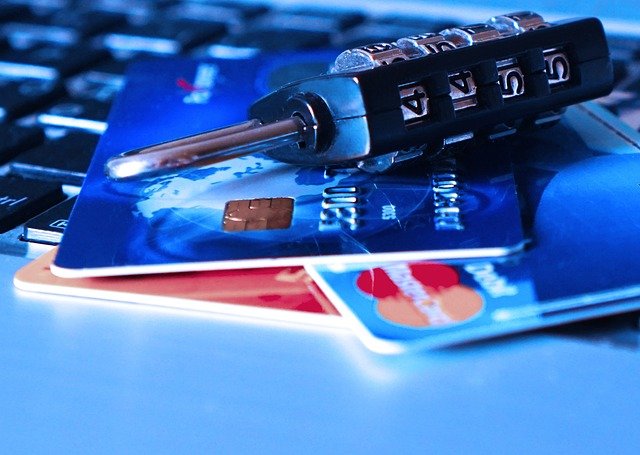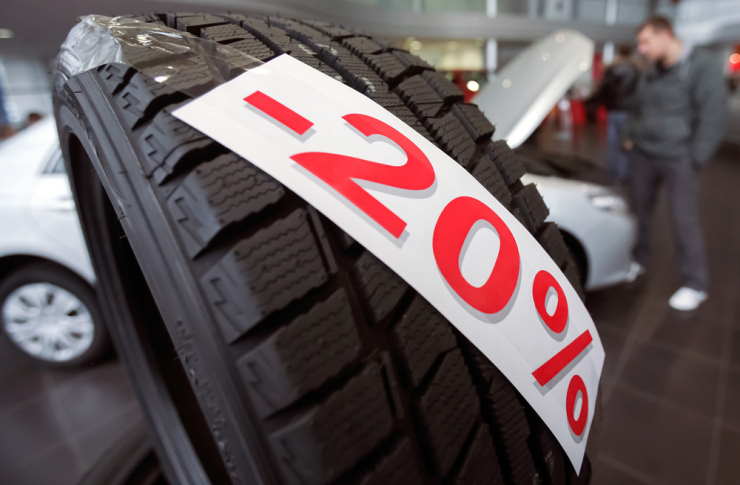The Hidden Truth About Getting a Credit Card Online in 2025
Applying for a credit card from your couch sounds convenient, but the process has evolved significantly. Digital banking infrastructure, automated verification systems, and regulatory changes have transformed how lenders evaluate applications. Understanding what happens behind the scenes can help you navigate the process more effectively and avoid common pitfalls that delay approval or lead to unexpected outcomes.

The landscape of credit card applications has shifted dramatically over the past few years. What once required a bank visit, paper forms, and weeks of waiting can now happen in minutes through a smartphone or laptop. However, the ease of online applications comes with complexities that many applicants don’t fully understand. The digital process involves sophisticated algorithms, identity verification protocols, and data analysis that work differently than traditional methods. Knowing how these systems operate gives you a clearer picture of what to expect and how to improve your chances of a smooth application experience.
How to Get a Credit Card Without Visiting a Bank
The entirely digital application process begins with choosing a card that matches your financial profile. Most major issuers now offer fully online applications that require no physical presence. You’ll typically need to provide personal information including your full name, date of birth, Social Security number, residential address, employment details, and annual income. The system verifies this information through electronic databases that cross-reference public records, credit bureaus, and financial institutions.
Once submitted, the application enters an automated underwriting system that evaluates your creditworthiness based on your credit score, income-to-debt ratio, payment history, and other factors. Some issuers use alternative data sources like bank account activity or utility payment records, especially for applicants with limited credit history. If additional verification is needed, you might receive requests for documentation via email or secure upload portals. The entire process can take anywhere from a few minutes to several business days, depending on the complexity of your financial situation and the issuer’s verification requirements.
What’s Really Behind Instant Approval Ads
Advertisements promising instant approval create expectations that don’t always match reality. While the technology exists to process applications quickly, true instant approval depends on multiple factors aligning perfectly. The term typically refers to an immediate preliminary decision based on automated screening of basic eligibility criteria. This initial response checks whether you meet minimum requirements like age, residency status, and a credit score within a certain range.
However, instant approval is not the same as final approval. Many applications that receive an immediate positive response still undergo manual review before the account is officially opened. This secondary review might uncover discrepancies in the information provided, flag potential fraud risks, or require additional income verification. Some applicants experience what’s called conditional approval, where the decision depends on submitting further documentation. The marketing language around instant approval often obscures these nuances, leading to confusion when the process takes longer than expected or when an initial positive response doesn’t result in an active credit line.
Why Online Applications Work Differently in 2025
Several technological and regulatory developments have reshaped online credit card applications. Advanced identity verification methods now use biometric data, device fingerprinting, and behavioral analytics to detect fraud and confirm applicant identity. Machine learning algorithms analyze thousands of data points in real time, making decisions that would have required human underwriters in the past. These systems can identify patterns that indicate creditworthiness or risk more accurately than traditional methods.
Regulatory changes have also influenced the process. Enhanced consumer protection laws require clearer disclosure of terms, fees, and approval criteria. Open banking initiatives in various jurisdictions allow applicants to share financial data directly from their bank accounts, streamlining income verification and reducing the need for manual documentation. Privacy regulations have tightened data handling requirements, affecting how issuers collect, store, and use applicant information. Additionally, competition among digital-first financial institutions has pushed traditional banks to improve their online experiences, resulting in more user-friendly interfaces and faster processing times across the industry.
Understanding the Digital Verification Process
Behind every online application lies a complex verification infrastructure. When you submit your information, the system immediately checks it against credit bureau databases to retrieve your credit report and score. Simultaneously, it validates your identity through services that compare your details against public records, previous addresses, and known fraud databases. Some issuers employ knowledge-based authentication, asking questions only you should be able to answer based on your financial history.
Income verification has become more sophisticated. Rather than relying solely on self-reported figures, many issuers now request access to bank statements through secure API connections or third-party verification services. This real-time data access allows for more accurate assessment of your financial situation. Employment verification may occur through automated systems that contact HR databases or payroll providers. These technological advances reduce fraud while making the process faster for legitimate applicants, though they also mean that discrepancies or errors in your information are more likely to be caught immediately.
Common Pitfalls and How to Avoid Them
Many applicants encounter preventable issues during the online application process. One frequent problem is information inconsistency. If the name, address, or employment details you provide don’t match what appears in credit bureau records or public databases, your application may be delayed or denied. Before applying, review your credit report to ensure all information is current and accurate. Dispute any errors well in advance of submitting applications.
Another common mistake is applying for multiple cards simultaneously. Each application generates a hard inquiry on your credit report, which can temporarily lower your score and signal financial distress to lenders. Space out applications by at least several months unless you have a specific reason for urgency. Additionally, be realistic about your qualifications. Applying for premium cards with high credit score requirements when your score is moderate wastes time and creates unnecessary inquiries. Research eligibility criteria before applying and choose cards that match your current financial profile.
Making Informed Decisions in the Digital Credit Landscape
The convenience of online credit card applications comes with the responsibility to understand what you’re agreeing to. Read the terms and conditions carefully, paying attention to interest rates, fees, grace periods, and penalty provisions. Compare multiple offers using objective criteria rather than relying solely on promotional materials. Consider how a new credit line fits into your overall financial strategy, including your ability to manage payments and the impact on your credit utilization ratio.
Digital tools can help you make better decisions. Credit score simulators show how different actions might affect your score. Comparison websites aggregate offers from multiple issuers, though be aware that some receive commissions for referrals. Set up alerts and automatic payments through your bank to avoid missing due dates once you’re approved. The ease of online applications shouldn’t lead to impulsive decisions. Take time to evaluate whether you genuinely need additional credit and whether the card you’re considering offers real value for your spending patterns and financial goals.
The evolution of online credit card applications reflects broader changes in financial services. While the process has become more accessible and efficient, it also demands greater digital literacy and awareness from consumers. Understanding the technology and procedures behind the scenes empowers you to navigate the system more effectively, avoid common mistakes, and make choices that support your long-term financial health. The convenience of applying from anywhere at any time is genuine, but it works best when combined with careful research and realistic assessment of your financial situation.




